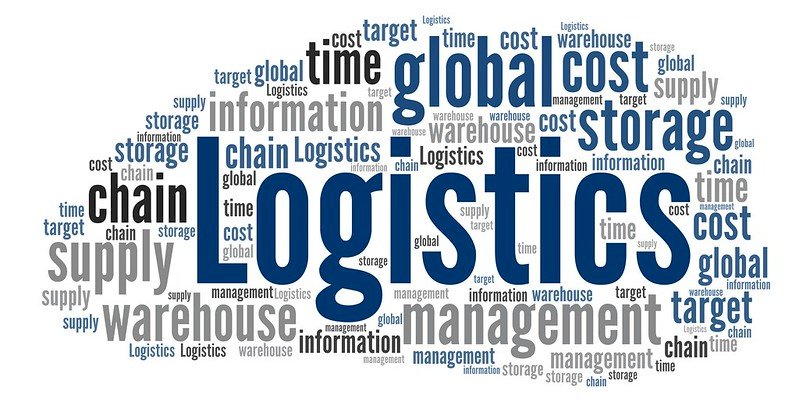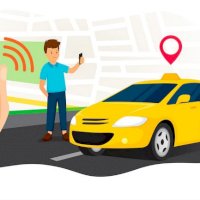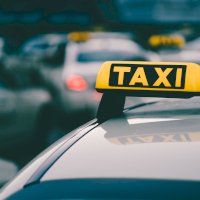If you want to enter the taxi or delivery niche, you should learn about business logistics. Logistics, thanks to digitalization, has reached new frontiers, which means there's always something to learn. Companies have different departments that need specific tools for their organization. That's why it's important to understand each one to make the most of it.
The valuable route planning
Route planning is the process of determining the most efficient and cost-effective routes, both for product delivery, delivery services, and transportation companies such as taxis. To operate this process, customer locations, the quantity of products to be delivered, their size, and other factors are all factors that are involved.
Planning can be done manually or with the use of specialized software and technology. Manual planning involves creating a map of the area to be covered, which is also time-consuming. On the other hand, software, like the one we customize at ToolRides, can automate the entire process using algorithms to optimize routes.
Both planning methods work based on various factors, such as distance, time, traffic, and customer preferences. However, software-based processes are an upgrade that has allowed companies like Uber to stay ahead of their competitors. The reality of manual planning is that it takes time that could be spent on other aspects and can be inaccurate.
Why is route optimization so important?
Route optimization software is an essential tool for logistics. It makes companies completely efficient with movement and customer service, reduces costs, and improves customer satisfaction. It also helps minimize the time of each trip, by shortening the distance as much as possible.
Another advantage of route optimization is reduced fuel consumption. Companies are now more involved with ecology and green logistics, so this alternative helps reduce their carbon footprint. Therefore, it can be said that the largest companies in the current transportation market could be at this point of success without this business logistics tool.
What do all the PLs mean for the niche?
While reading about logistics, you've probably seen the abbreviations 1PL, 2PL, 3PL, 4PL, and 5PL. These are often used to delineate the different types of logistics service providers. The numbers will depend on the level of responsibility and the level of involvement of the logistics service provider in the process.
-
1PL is a company dedicated to logistics services using its own resources, whether trucks, warehouses, or personnel.
-
2PLs are companies that provide services on behalf of another company. That is, they use a combination of their own resources, as well as those of third parties.
-
3PL: In this case, the company provides a series of logistics services to other companies, such as transportation, warehousing, or distribution. What differentiates this from the previous is that it isn't necessarily done through the other company, but its resources are used.
-
4PL refers to the moment in which the company acts merely as a manager and coordinator of logistics services. This means that it is also working with multiple 3PLs and other service providers. All with the goal of finding a solution to manage a client's supply chain in a personalized manner.
-
A 5PL is a company that not only provides logistics services but also integrates and manages a client's entire supply chain. This includes procurement, production, and distribution.
5PL is the most complex of all the levels, so one technique for identifying each is the following: Look at the number in front; the higher the number, the greater the complexity of the logistics processes.
What is a SaaS TMS?
TMS stands for Transportation Management System. SaaS, on the other hand, stands for Software as a Service. A SaaS TMS, therefore, is a type of software delivered and accessed solely through the internet. Rather than being installed on devices such as computers or a local server, it's typically subscription-based; you pay a fee to access its benefits.
This type of software is key to business logistics because it's designed to simplify transportation optimization. This includes scheduling, reservation allocation, vehicle-specific services, driver tracking, and more. It's incredibly beneficial because you can access the software from anywhere with just a device.
What is reverse logistics?
We know it sounds strange with that name, but reverse logistics deals with the process of organizing the movement of goods and materials. It involves coordinating resources to manage them, as well as handling return-related activities in the case of deliveries.
Technology is a vital component of this type of logistics because it works to optimize processes. Some of its applications include tracking and localization through the use of GPS. Or, customer service, in this case, can be used to improve it, allowing for better management of orders, returns, and complaints.
Learn to improve
We hope these terms seem easier now that we've explained each one in detail. Business logistics can be somewhat complex with all the process optimization currently underway. However, we recommend that you get involved even if you have a team in charge of this area. Learn about each of the tools that can take your business further.






